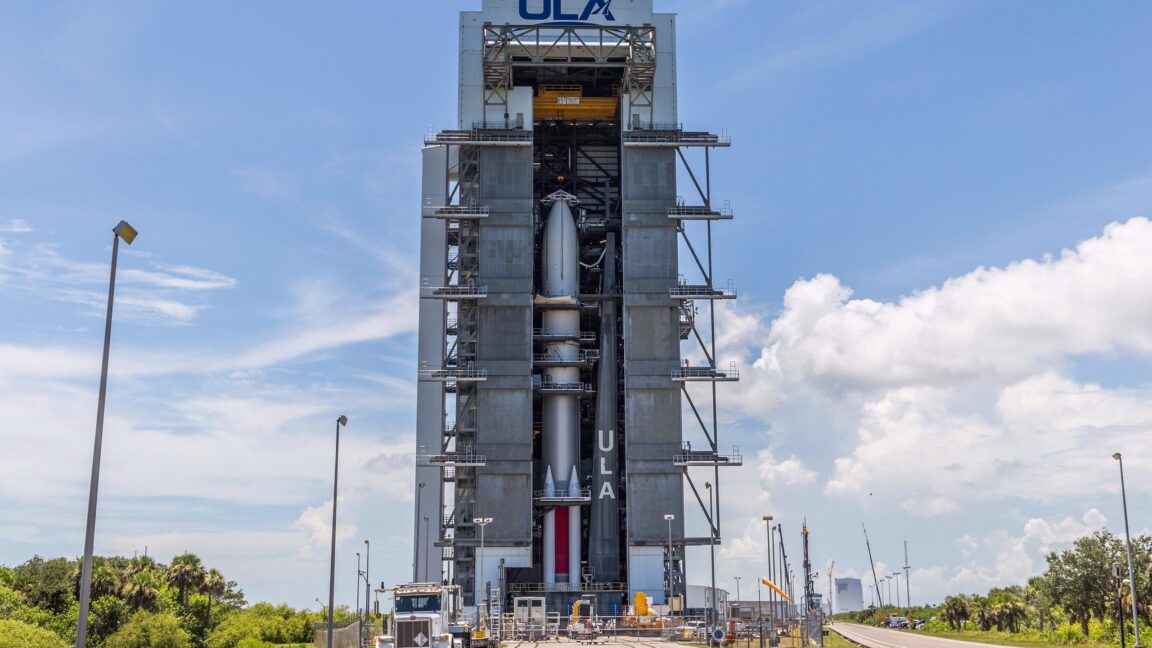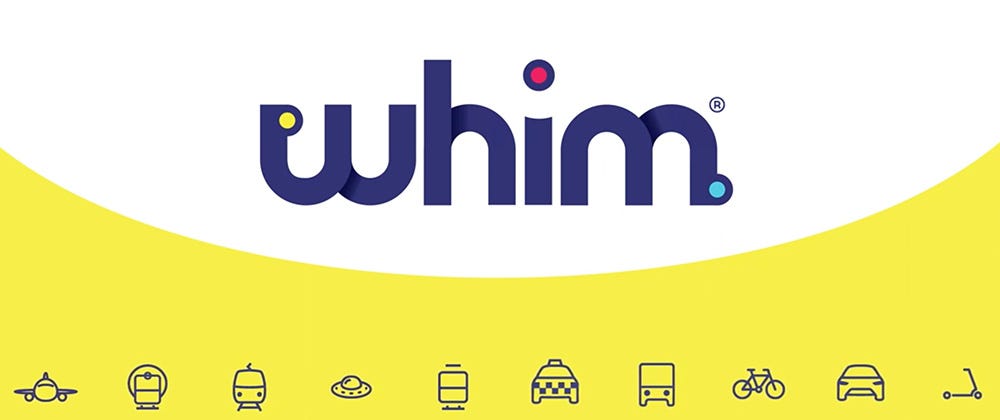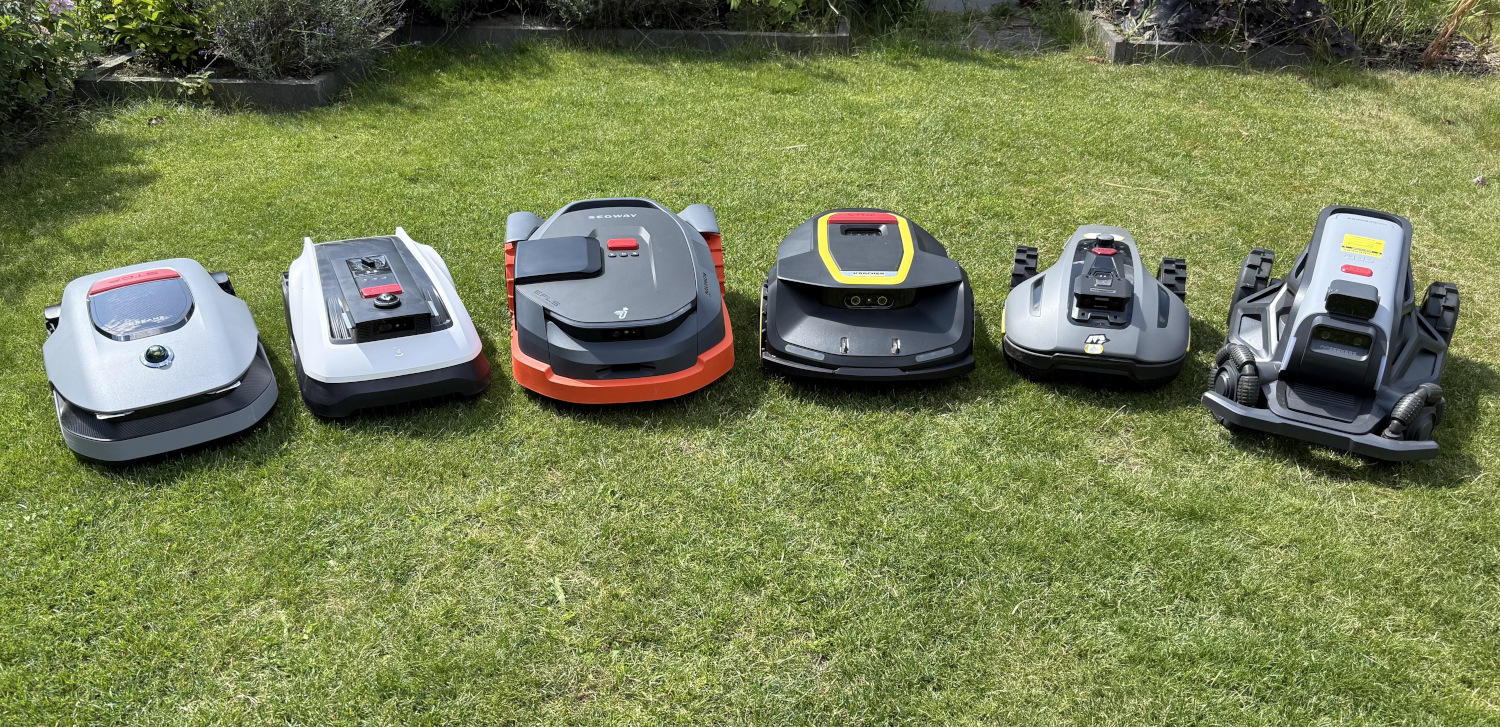
Nearsightedness increase in youth make back-to-school eye exams important
Rising rates of nearsightedness among young people, which means their distance vision often used in the classroom is impaired, makes scheduling a back-to-school eye exam extra important this year, say Georgia’s doctors of optometry. According to the International Myopia Institute, the number of 17-year-olds with myopia, or nearsightedness, doubled in the past decade.
Myopia develops if the eyeball is too long or the cornea (the clear front cover of the eye) is too curved. As a result, the light entering the eye isn’t focused correctly, and distant objects appear blurred. Generally, myopia first occurs in school-age children and progresses until about age 20. Common signs of vision problems among children reported by parents before receiving a myopia diagnosis include squinting while reading or watching TV, frequent headaches, holding objects close to the face, poor school performance or shortened attention span.
According to the American Optometric Association, the risk of myopia developing in part due to excessive screen time has been shown to affect children under 10 years the most. Research shows almost 10% of preschool-aged children have eye or vision problems.














